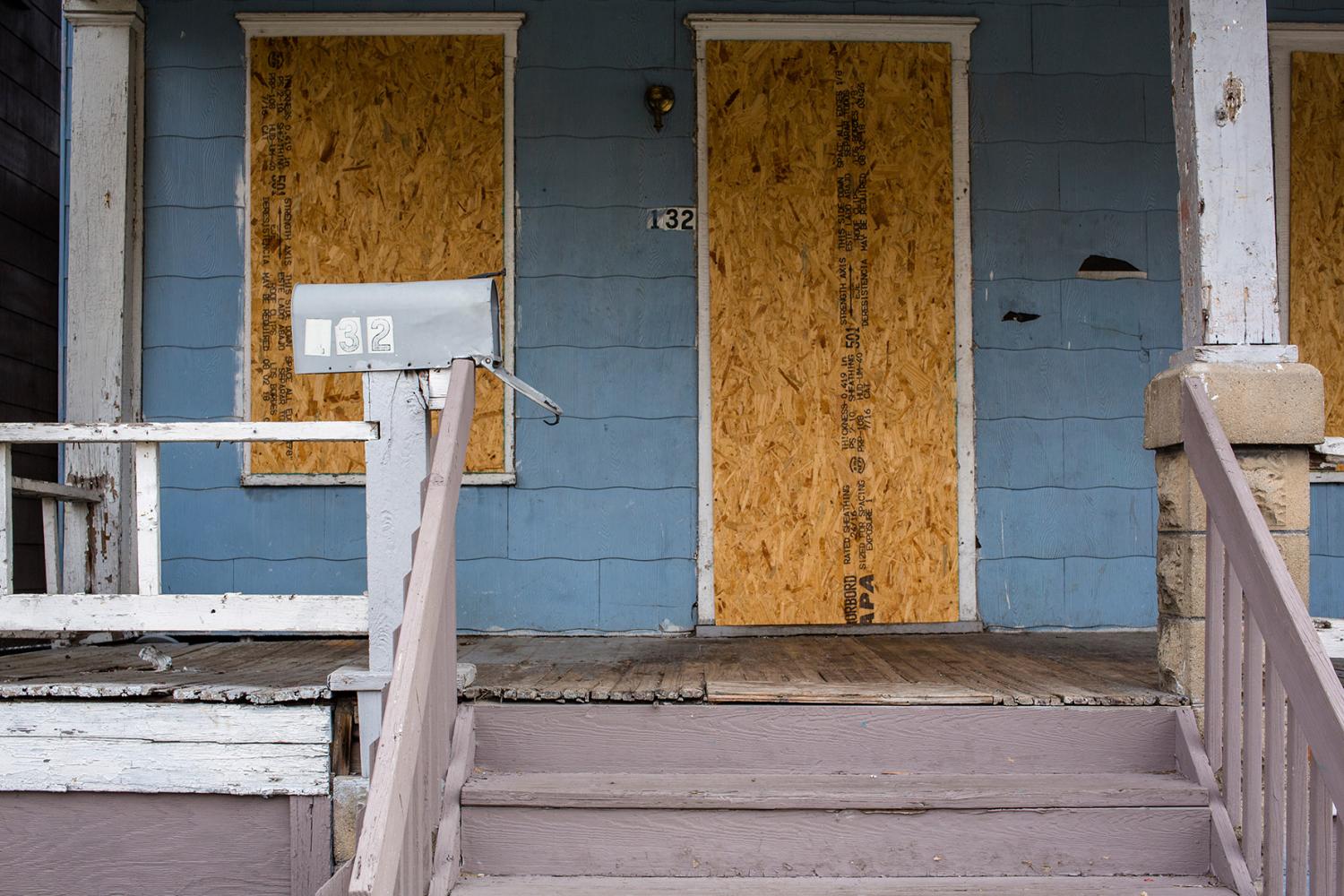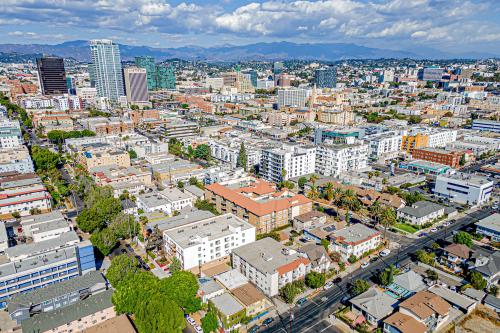In the aftermath of Hurricane Katrina and the failures of the federal levees in 2005, there was widespread uncertainty about whether and how different neighborhoods in New Orleans would recover. Local governments’ rebuilding plans sparked intense debate, and it was unclear how many displaced residents would return.1 Amid this uncertainty, many residents came back to the city, determined to rebuild. Nonprofit organizations, volunteers, and newly established or reinvigorated neighborhood associations rallied to assist them.
Despite these efforts, rebuilding proved challenging. Recovery and rebuilding were uneven, and home vacancies and disinvestment intensified. Within a few years, New Orleans had among the highest rates of vacant and abandoned properties in the nation, posing serious safety hazards and threatening to undermine the city’s fragile recovery. The scale of the city’s destruction, however, also brought an influx of federal and philanthropic resources and sparked an urgency to tackle the city’s vacancy and abandonment problems.
The combined efforts of all these different organizations and government agencies helped make New Orleans a national leader in “fighting blight.” This report examines efforts after Hurricane Katrina to repurpose vacant and abandoned properties, drawing on public documents, agency records, secondary sources, and key informant interviews. The report begins with a discussion of the impacts and opportunities associated with vacant and abandoned properties, as well as some of the conditions that accelerated disinvestment in the aftermath of the devastating storm.
From there, the report examines the city’s initiatives to combat systemic vacancies through improved code enforcement and targeted disposition and redevelopment. It then examines efforts to address the challenges surrounding heirs’ properties to prevent future vacancies, and concludes by highlighting lessons learned and opportunities for future policy action, among them:
- Continue to enforce property codes to address vacancies, the abandonment of properties, and neighborhood disinvestment
- Create a supportive code-enforcement environment that encourages compliance rather than punishment.
- Support code enforcement among low-income and elderly homeowners with targeted financial and technical assistance
- Integrate code enforcement with strategies to stabilize and strengthen neighborhoods in ways that align with the needs of long-time residents and help them shape and benefit from neighborhood revitalization
- Continue to help the heirs of properties and their families access recovery aid and insurance proceeds
- Push for statewide reforms, including Louisiana’s Uniform Partition of Heirs’ Property Act, to protect 175,000 families with unclear property titles, alongside federal legislation to make federal disaster recovery aid more accessible to heirs’ property owners.
Taking these suggested actions can help prevent the future displacement of residents and the abandonment of properties when the next natural disaster inevitably hits New Orleans. Such actions would preserve generational wealth and strengthen community resilience all the more.
Read more
This report is part of a series from Brookings Metro and The Data Center examining the New Orleans metro area across key policy areas including housing, community safety, and flood adaptation. The series provides local leaders with tools to mitigate future disaster risks for the most vulnerable communities.
-
Footnotes
- Nelson, M., Ehrenfeucht, R., and Laska, S. (2007). ”Planning, plans, and people: Professional expertise, local knowledge, and governmental action in post-Hurricane Katrina New Orleans.” Cityscape, 23-52.
The Brookings Institution is committed to quality, independence, and impact.
We are supported by a diverse array of funders. In line with our values and policies, each Brookings publication represents the sole views of its author(s).




